1. Why Measuring ROI in Event Marketing Matters
Sponsorships of events are deemed to be at the top-of- funnel but the paybacks run much lower. The ROI of event marketing does not only cover awareness, but also trust, influence and long term relationship building.
CMOs who view sponsorships as investments and not expenses can relate the brand presence to quantifiable results. The trick is that clear goals should be the starting point. Do you expect to be aware, generate leads, build reputation, or form partnerships? ROI is easier to measure as soon as the goal is established.
The importance of measuring ROI is that it will make the impression tangible. It assists marketing teams in justifying expenditures, streamlining plans, and demonstrating leadership how visibility translates into business impact.
2. Visibility Metrics: Measuring Brand Exposure at a Business Event
The most short term advantage of sponsoring a business event is visibility. Banners and online placements, speaking slots and event content promote your brand.
In order to measure visibility, track:
- Reach and impressions: This is the number of individuals who viewed your brand at an event or post-event, live stream and social coverage.
- Media coverage: Industry mentions, articles, and event reviews.
- Share of voice: This aspect is about the visibility of your brand as compared to the other sponsors in the same corporate event.
- Exposure assists in building authority: Your brand is regarded as a reliable voice in the industry when your logo, representatives and message are displayed in reputable platforms.
Lesson learned: Visibility creates familiarity and familiarity creates trust. That is what event ROI is based on.
3. Engagement Metrics: Turning Attention into Interaction
The real effect is observed when individuals no longer see your brand, but they start interacting with it. Corporate events create such avenues of meaningful interaction that the digital channels are sometimes unable to achieve.
Engagement can be measured by CMOs by:
- Booth/session attendance: How many people engaged with your team/materials.
- Social activity: Mentions, reposts, and comments associated with your event sponsorship.
- Content interactions: Downloads, QR scans or sign-ups during the event.
- Audience feeling: Surveys, polls, etc.
These metrics of engagement will reveal that your sponsorship attracted the audience. The fact that they were highly engaged means that your brand made a positive impression and that the attendees considered your presence relevant and interesting.
4. Partnership and Relationship Metrics
The network that opens due to sponsoring a corporate event is one of the strongest effects. The events introduce the decision-makers who will become the future clients, partners, or promoters.
Partnership-based ROI can be measured in the following ways:
- New leads: The amount of contacts that are qualified as a result of the event.
- Meetings after the fact: How many of those first interactions became continuing discussions or deals.
- Collaborations: New alliances, co-marketing ventures or invitations to speak that came about because of you.
These results usually have been cultivated, yet they have a long term worth. Most CMOs consider this relationship building to be the best payoff of event investment in that both brand and business influence is enhanced.
5. Brand Lift and Reputation Metrics
Perception and reputation gains form a part of the ROI of event marketing but these gains are intangible but very significant. The sponsorship of a business event conveys an idea that your brand is one of the pioneers that are defining the industry.
You can measure this through:
- Brand recall Survey: Before and after event awareness.
- Sentiment tracking: It gives you an option to track the discussions of your brand on social sites or the media.
- Media quality: Evaluation of the tone and validity of mentions related to the events.
- Employee advocacy: Monitoring the frequency of sharing and interaction of your own teams with event content.
Reputation building is less measurable than clicks, however, it builds brand equity that is longer lasting. The presence of positive events instills trust and increases the chance of a customer coming back to use your brand in the future.
6. Revenue and Pipeline Impact
Sponsorship may not be followed by sales but it could open the door which would result in sales in the future. This impact has to be measured by the coordination of marketing and sales.
Significant indicators that depend on the revenue are:
- Conversion rates: Monitoring the number of leads created by events and becoming a customer.
- Deal influence: The degree of the contribution of participating in the event to finalizing new deals.
- Customer lifetime value (CLV): It is an estimate of the possible revenue of clients who will be approached initially by the event.
These numbers when followed over time can show how sponsorships enhance the marketing funnel as a whole, that is, awareness, acquisition and loyalty.
7. The HT Leadership Summit: Where ROI Becomes Real
The HT Leadership Summit, which will take place on December 6, will provide the exposure that can be measured via premium content placements, access to powerful networks, and exposure in the leading media platforms in India. It is also considered to be one of the most revered corporate events in the country and it is a gathering of the decision-makers, innovators, and marketers currently defining the next decade of business.
To CMOs, it is not just the visibility when it comes to sponsoring the Summit. It is to align with a platform which appreciates viable discussion and leadership. The event creates a linkage between the brands and appropriate audiences, generates long-term impressions, and assists in transforming the expenditure on sponsorship into valuable business outcomes.
Considering the ROI of event marketing, this is the type of partnership that can produce returns that are quantifiable and not in impressions only, but in reputation and relations.
Final Thoughts
A business event cannot be sponsored as a short term marketing practice. It is a long-term brand-building approach that incorporates visibility, interaction, and trust. The outcomes might not necessarily be reflected in raw figures but they carry along in recognition, trust and loyalty.
CMOs are able to tie event sponsorship to marketing performance and business results by establishing clear KPIs and monitoring the progress of such sponsorship, such as visibility, engagement, partnerships, and brand lift.
A good example of how a properly selected sponsorship can create measurable and long-term ROI is the HT Leadership Summit on December 6. It is the intersection between reputation and opportunity, between marketing expenditures and brand strength in the long term.
Frequently Asked Questions
What is the best way to measure ROI from a business event?
Visibility of the tracks, activity, collaboration and brand perception. All these metrics combined will provide you with a complete picture of how your sponsorship was effective.
How can event sponsorships increase brand trust?
They identify your brand with the plausible platforms and leaders in the industry. Authenticity and authority are cemented by the fact that the company was included in respected corporate events.
What are the most useful KPIs for event marketing ROI?
Impressions, engagement rates, lead generation, conversion rates and post event brand sentiment are some of the major KPIs.
How do sponsorships influence long-term revenue?
Connections that are event based usually develop into partnerships, collaborations or sales as time goes by which helps you build a stronger business network and pipeline of your brand.
Why should CMOs sponsor the HT Leadership Summit?
With unparalleled access to business leaders, premium channel exposure, and brand-building outcomes that cannot be measured by impressions, the HT Leadership Summit, on December 6, provides invaluable opportunities to companies to connect with and be seen by business leaders.
Ready to take your brand to the next level? Connect with us today to explore how HT Media can amplify your presence across our diverse portfolio of 25+ brands and properties. Let's turn your brand vision into reality!
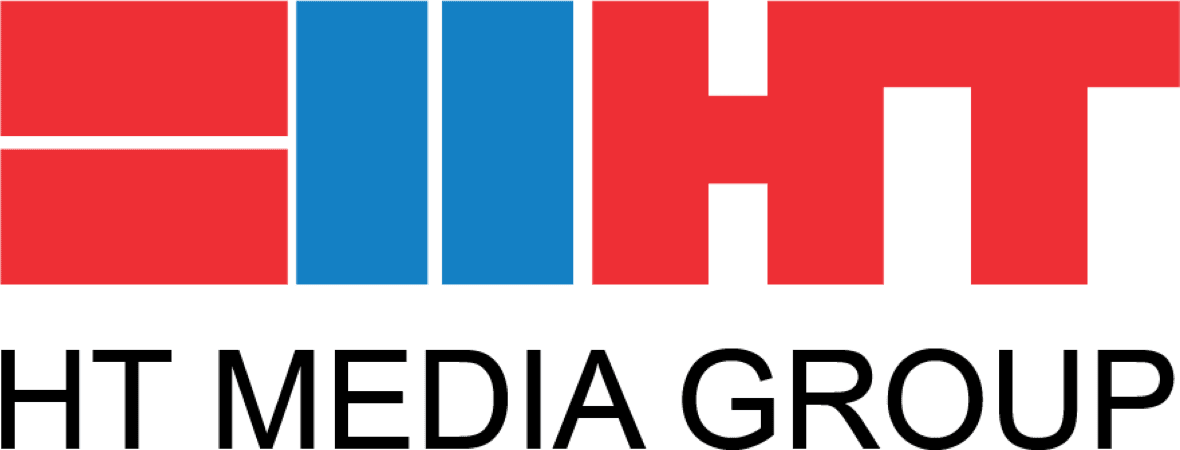
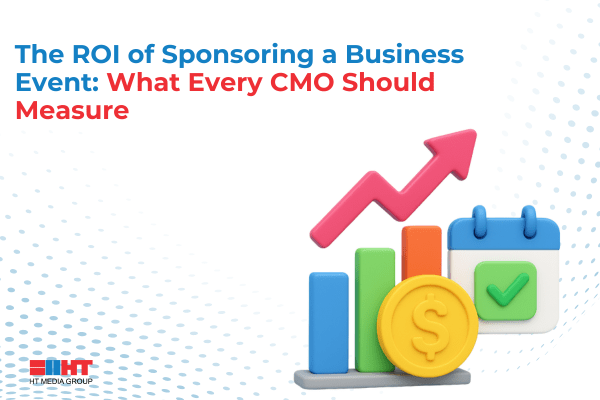

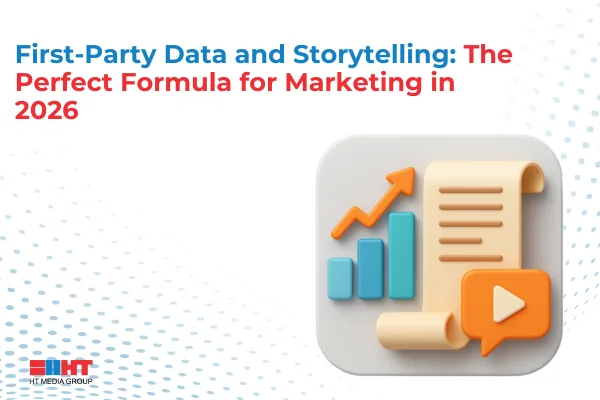
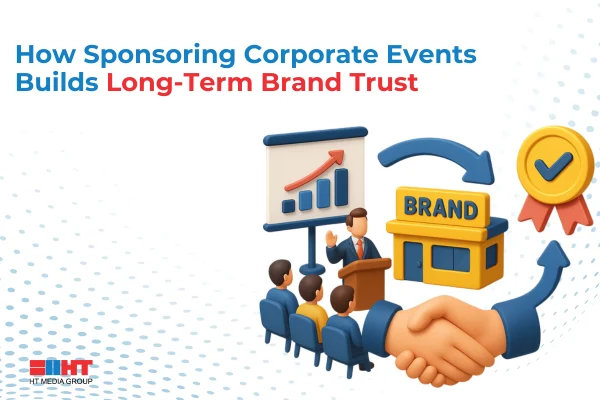
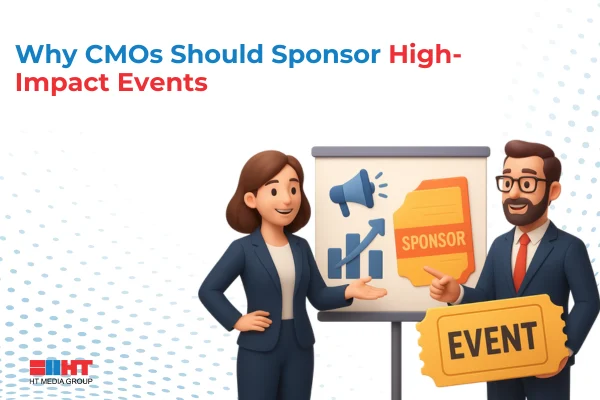


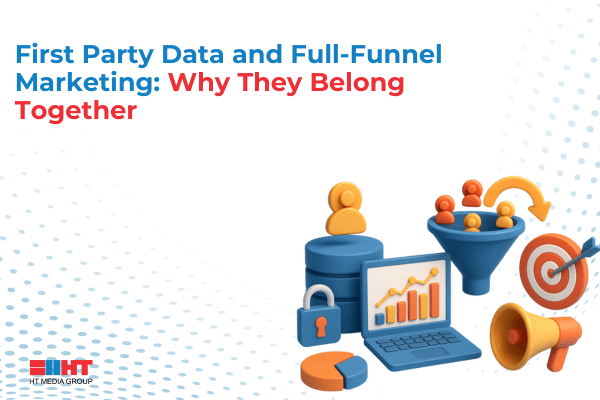


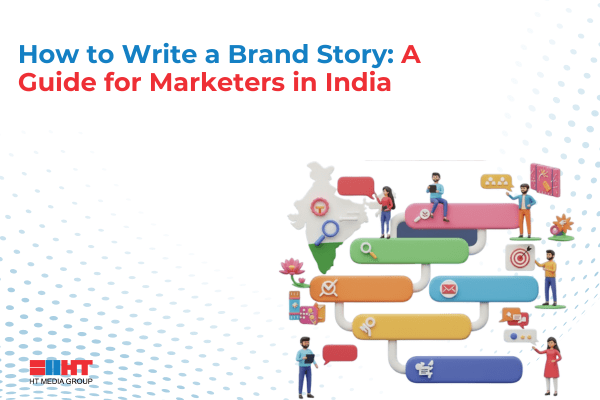
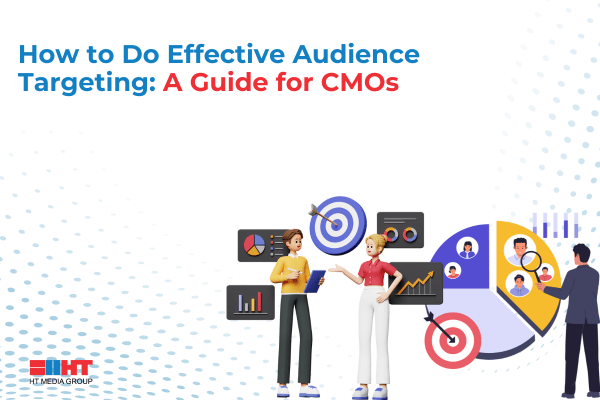
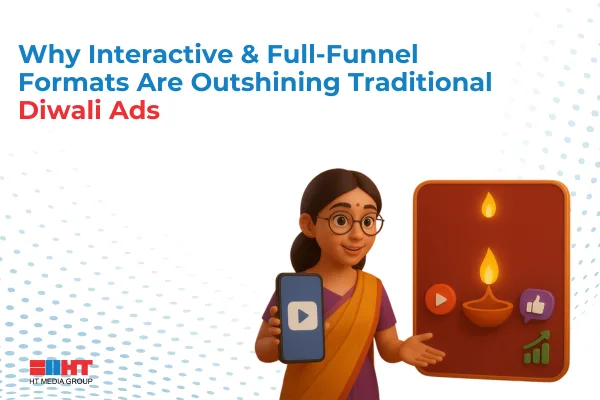
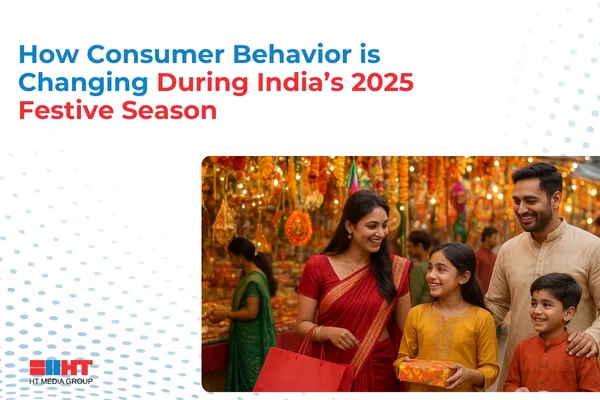
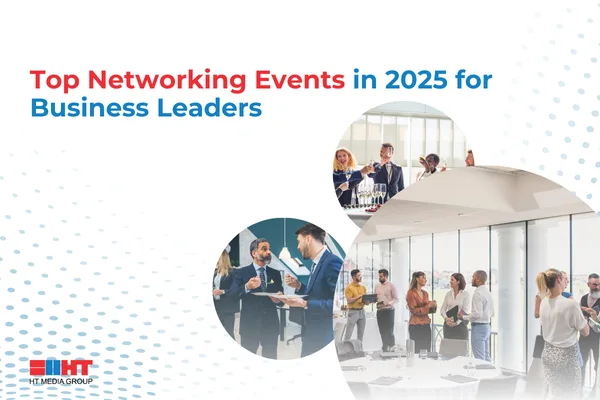
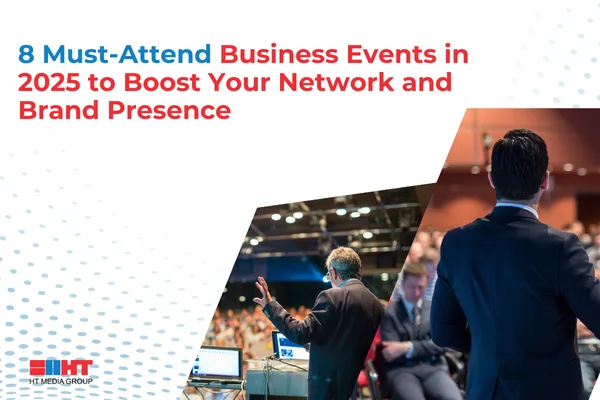

Comment